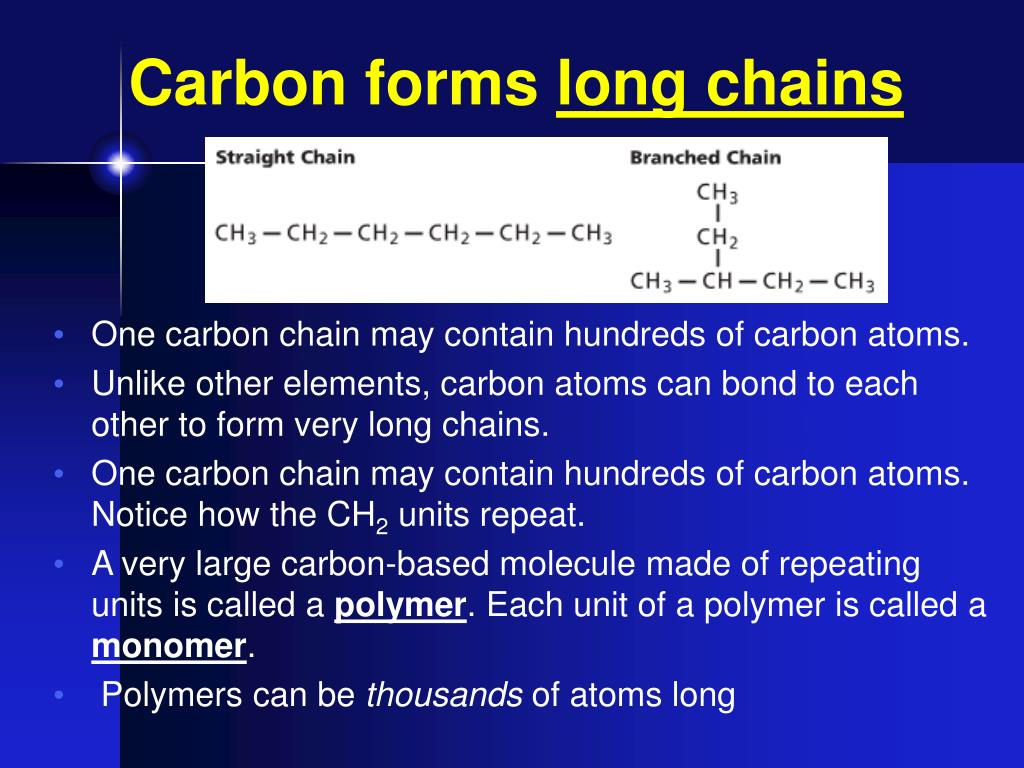
Their formation can be summarised by the following overall equation:ĬH(OH)(CH 2OH) 2 + RCOOH + R'COOH + R"COOH → RC(O)OCH 2−CH(OC(O)R')−CH 2C(O)OR" + 3H 2O Triglycerides are tri- esters derived from the condensation reaction of glycerol with three fatty acids. If the first and third fatty acids on the glycerol differ, then the mixed triglyceride is chiral. Ī triglyceride containing different fatty acids is known as a mixed triglyceride. These compounds can be obtained in three crystalline forms ( polymorphs): α, β, and β′, the three forms differing in their melting points. Their names indicate the fatty acid: stearin derived from stearic acid, palmitin derived from palmitic acid, etc. The simplest triglycerides are those where the three fatty acids are identical. Cocoa butter is unusual in that it is composed of only a few triglycerides, derived from palmitic, oleic, and stearic acids in the 1-, 2-, and 3-positions of glycerol, respectively.

Because of their heterogeneity, they melt over a broad range of temperatures. Most natural fats contain a complex mixture of individual triglycerides. Many fatty acids are unsaturated some are polyunsaturated (e.g., those derived from linoleic acid). As a result, ruminant animal fat contains odd-numbered fatty acids, such as 15, due to the action of bacteria in the rumen. Animals synthesize even-numbered fatty acids, but Bacteria possess the ability to synthesise odd- and branched-chain fatty acids. The chain lengths of the fatty acids in naturally occurring triglycerides vary, but most contain 16, 18, or 20 carbon atoms, defined as long-chain triglycerides, while medium-chain triglycerides contain shorter fatty acids. Many triglycerides are known because many fatty acids are known and their combinations are even more numerous. The three fatty acids substituents can be the same, but they are usually different. All carbon-carbon double bonds shown are cis isomers.
.jpg)
The third fatty acid residue (a polyunsaturated fatty acid residue, highlighted in red) contains three double bonds within the carbon chain. The first fatty acid residue is saturated ( blue highlighted), the second fatty acid residue contains one double bond within the carbon chain ( green highlighted). Unsaturated fats tend to have a lower melting point than saturated analogues as a result, they are often liquid at room temperature.Ĭhemical structure Example of a natural mixed triglyceride with residues of three different fatty acids.

Saturated fats have no C=C groups unsaturated fats feature one or more C=C groups. One specific classification focuses on saturated and unsaturated types.
#3 carbon backbone of a fat skin
They are also present in the blood to enable the bidirectional transference of adipose fat and blood glucose from the liver, and are a major component of human skin oils. Triglycerides are the main constituents of body fat in humans and other vertebrates, as well as vegetable fat. Left part: glycerol right part, from top to bottom: palmitic acid, oleic acid, alpha-linolenic acid.Ī triglyceride ( TG, triacylglycerol, TAG, or triacylglyceride) is an ester derived from glycerol and three fatty acids (from tri- and glyceride). Example of an unsaturated fat triglyceride (C 55H 98O 6).


 0 kommentar(er)
0 kommentar(er)
